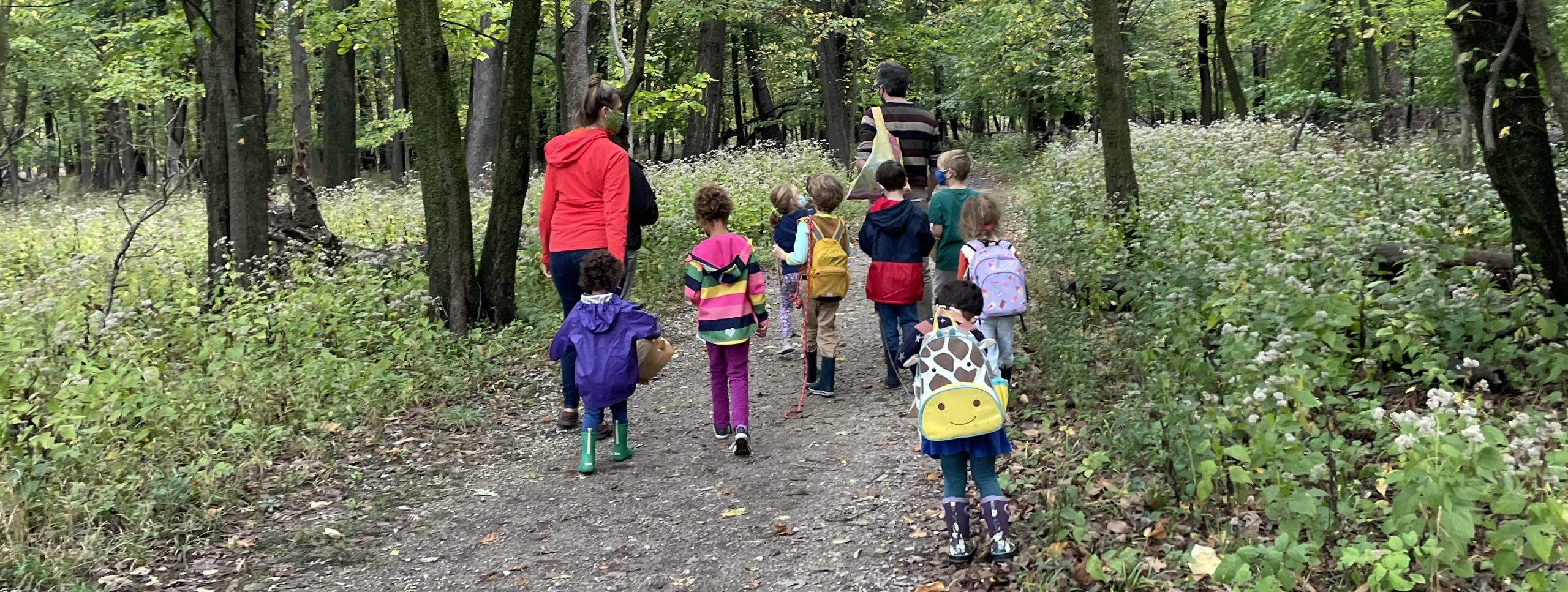Electron/Muon Writers’ Workshop


This week instead of Art,the Electrons and Muons started their WW projects.This session we will be making art journals with a focus on writing.We are altering old books to use as our journals.This week the kids(and the parents who are assisting)chose books to work with,began work on the cover of their journals and took pictures for future projects.

Magic Muons

The Muons regrouped for a brainstorming session this week, and discussed items of business and projects for the upcoming session. They discussed the pros and cons of having varying hands on projects each week, in contrast to a more cumulative long-term project they could work on over time. The group concluded that we would have a long-term project to work on over the session (a Muon-Produced Newsletter/Magazine and/or Marionette Production were discussed as possible projects), while still incorporating some “one-time” projects as well. We discussed plans for the Little Library, and added some much needed felt leaves to the design.
Nuetron Writer’s Workshop


Quark Unit Study

We will be exploring one of the seven continents each week in Quark Unit Studies. Considering that so many of the animals the children saw in last week’s presentation were from South America, that is the continent where we began. After sharing some fun facts, marching and repeating the names of the continents, and saying hello in Portuguese, the children colored South America on their own blow up globes. To wrap up, we put stamps in our “passport” books, ate a common food of South America (bananas), read a story about the plants and animals of the rainforest, and colored our own rainforest.

Neutron Science
We spent the beginning of our time together getting to know each other…seeing old friends and meeting new ones! I practiced calling on the kids’ names, but somehow, I kept calling the Neutron’s by one of their siblings names (I.E. I greeted Lydia by saying, “Hi Salome!”). Next we played a game of Hangman guessing the word MEASURE, which was our topic of the day. After discussing ways we could measure things, we decided on our feet. Each Neutron traced their foot on a piece of construction paper and cut it out. I encouraged them to explore the Fireside Room to see what things measure one of their feet or two of their feet. We made a comparison chart of the length of the piano keyboard and a metal pole. Many of the measurements were similar and we discussed how differences in sizes are not always helpful, especially when countries used to trade with one another once upon a time. Hence, the ruler! One standard size for all folks to use. We will explore the use of the ruler next time….thanks!

Nuetron Art — Great American Artists
Today we studied Gilbert Stuart, a portrait painter who is most famous for his portrait of George Washington that hangs in the White House and was rescued from fire by Dolly Madison during the war of 1812. Stuart is also responsible for the portrait of George Washington on the $1 bill. The kids made their own portraits in crayon and we attempted to age them to look like old, crackly portraits from the revolutionary time by crumpling them up, flattening them, and doing a crayon resist with black tempera paint. These had varying success, in part because it was difficult for the kids to get enough crayon on the paper to resist the paint and also because many were hesitant to put paint over their beautiful art!

